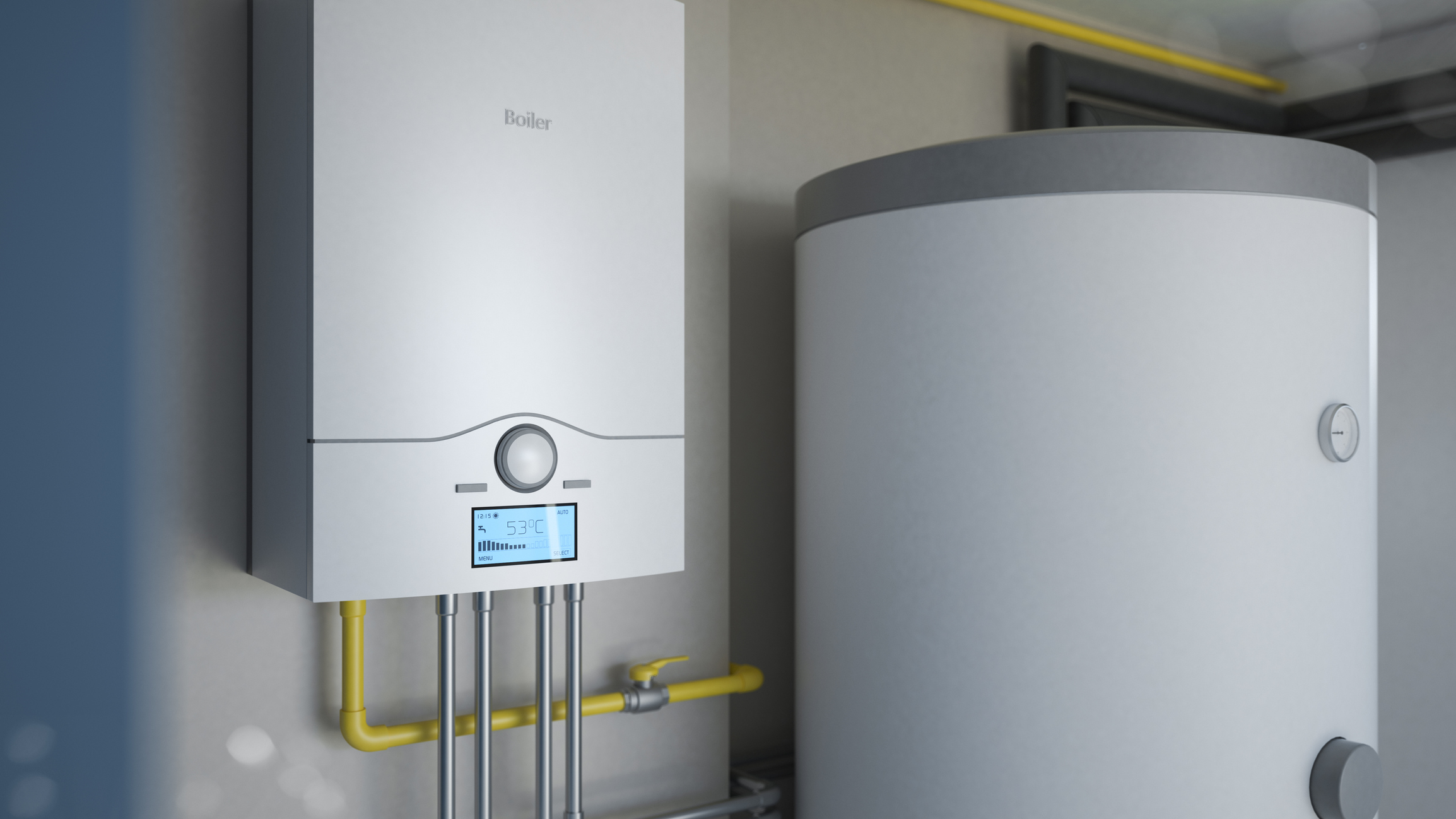Everyone has got their own conception about What Kind of Maintenance Do Water Heaters Need?.

Hot water is crucial for everyday comfort, whether it's for a rejuvenating shower or cleaning dishes. To guarantee your hot water system runs successfully and lasts much longer, regular upkeep is vital. This write-up supplies practical ideas and insights on exactly how to keep your home's hot water system to avoid interruptions and pricey repair work.
Intro
Maintaining your home's warm water system might appear overwhelming, but with a couple of simple steps, you can guarantee it operates efficiently for years to find. This overview covers whatever from comprehending your hot water system to DIY maintenance ideas and recognizing when to employ expert help.
Value of Preserving Your Warm Water System
Regular maintenance not just extends the lifespan of your hot water system however additionally guarantees it runs efficiently. Overlooking maintenance can bring about reduced performance, greater power bills, and even premature failure of the system.
Indications Your Hot Water System Requirements Upkeep
Knowing when your hot water system needs attention can avoid significant problems. Watch out for signs such as inconsistent water temperature, strange noises from the heater, or rusty water.
Flushing the Water Heater
Purging your hot water heater gets rid of debris build-up, boosting performance and lengthening its life.
Monitoring and Changing Anode Rods
Anode poles stop rust inside the storage tank. Checking and replacing them when worn is important.
Facility Problems Needing Professional Help
Instances consist of significant leaks, electrical issues, or if your hot water heater is continually underperforming.
Regular Specialist Upkeep Perks
Expert upkeep can include extensive evaluations, tune-ups, and ensuring conformity with safety and security requirements.
Examining and Changing Temperature Level Settings
Adjusting the temperature level settings guarantees optimum performance and safety and security.
Do It Yourself Tips for Upkeep
You can carry out several upkeep tasks on your own to maintain your hot water system in top problem.
Looking for Leaks
Regularly check pipes and links for leakages, as these can cause water damages and greater expenses.
Recognizing Your Hot Water System
Before diving into maintenance jobs, it's valuable to understand the fundamental components of your warm water system. Usually, this consists of the water heater itself, pipes, anode poles, and temperature controls.
Month-to-month Maintenance Tasks
Normal month-to-month checks can aid catch small issues prior to they escalate.
Checking Pressure Relief Valves
Testing the stress relief valve ensures it operates correctly and stops excessive pressure buildup.
Protecting Pipelines
Insulating warm water pipelines reduces warm loss and can conserve power.
When to Call a Specialist
While DIY maintenance is valuable, some issues need specialist competence.
Conclusion
Routine upkeep of your home's warm water system is important for effectiveness, long life, and cost savings. By complying with these tips and understanding when to look for specialist aid, you can ensure a trustworthy supply of warm water without unexpected interruptions.
Water Heater Maintenance Tips
Test the TPR Valve
Shut off the power and the cold-water supply valve. Place a bucket under the pipe connected to the temperature-pressure-release (TPR) valve on the top or side of the tank. (This valve opens if the tank pressure gets too high.) Lift the valve’s tab to let some water out, then let go. If water keeps flowing, drain the tank partway, unscrew the old valve with a pipe wrench, and install a new one. Check the Anode Rod
Put a hose to the tank’s drain cock and let out a few gallons of water. Now fit a 1 1/16-inch socket onto the rod’s hex head on top of the heater (or under its top plate) and unscrew the rod. If it’s less than ½ inch thick or coated with calcium, buy a new one, wrap its threads with Teflon tape, put it back in the tank, and tighten securely. Use this segmented rod if headroom above the tank is limited. Drain the Tank and Wash Out Sediment
Drain the remaining water in the tank into the bucket, then stir up the sediment on the tank’s bottom by briefly opening the cold-water supply valve. Drain and repeat until clean water comes out of the hose. Close the drain cock, refill the tank, and turn its power back on. Adjust the Temperature
Find the temperature dial on the side of the tank and unscrew its cover. Adjust the dial to 120 degrees using a flathead screwdriver. For every 10 degrees the temperature is lowered, you can expect to save up to 5 percent in energy costs. Turn the water heater off or the thermostat down to its lowest setting if you plan to be away from home for more than three days. Insulate the Pipes
Buy some self-sticking 3/8-inch-thick foam pipe insulation that matches the pipes’ diameter. Slide the foam over the hot-and cold-water pipes as far as you can reach. Insulating the cold-water pipe prevents condensation in summer. Peel the tape and squeeze the insulation closed. If the pipe is 6 inches or less from the flue, cover it with 1-inch-thick unfaced fiberglass pipe wrap. https://www.thisoldhouse.com/plumbing/21016402/how-to-maintain-a-water-heater

I discovered that piece on How to Maintain Your Water Heater & Prolong its Life when scouting around the web. Make sure you take the time to share this post if you enjoyed reading it. Bless you for being here. Kindly check our blog back soon.
This Site